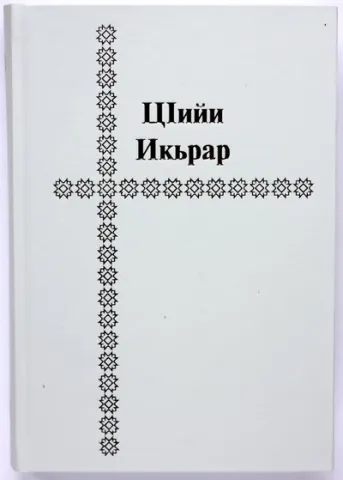The Institute for Bible Translation has published the New Testament in the Lezgi language with an official stamp of approval from the Institute of Linguistics at the Russian Academy of Sciences. This marks the completion of many years of work by talented Lezgi writers and poets, theologians, and scholars of the Lezgi language, including Dr. B. B. Talibov, Dr. M. E. Alekseyev, Dr. N. A. Abdulgamidov, Dr. Marianne Beerle-Moore, and others.
The Lezgi of Russia, who number more than 400,000, live in the south-east of Dagestan. They speak the Guney dialect, which became the basis for the current translation. There are also about 350,000 Lezgi who live across the border in Azerbaijan. They speak a different dialect of Lezgi, but should not have any trouble understanding the New Testament because the translation was adapted and supplied with footnotes to account for dialectal differences.
The Christian ancestors of the modern Lezgi people had their own translation of the Scriptures in the Agvan (or Caucasian Albanian) language that dates back to the 7-9th centuries A.D. The current NT publication features facsimiles of extant portions of this ancient translation.
The IBT translation is distinguished by the presence of passages that are stylized according to the Lezgi poetic tradition. Among them are the Lord’s Prayer (Mt 6:9-13), the Song of Mary (Lk 1:46-55), the Song of Zechariah (Lk 1:68-79), and others. The supplemental materials offered at the end of the book include a glossary of Biblical terms, tables of weights and measures, a list of textual variants, maps of the Near East in the 1st century A.D., and others.
Prior publications in Lezgi include: Portions from the Gospel of Matthew (1990); Mark (1996); Luke / Acts (2004); «Illustrated Bible Stories», including an audio CD (2009); Ruth, Esther, Jonah (2010); and the Four Gospels (2014). The text of the New Testament (2018) can be found online in the e-books section of the IBT website.
Work continues on the Lezgi translation of the Old Testament.

